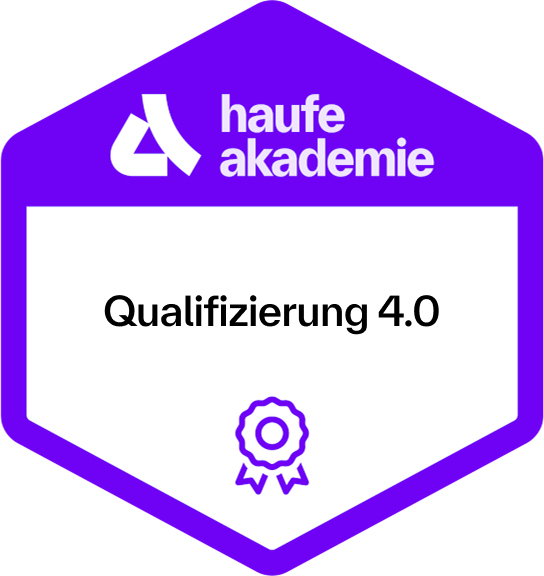Contents
1) Introduction and basics
- What is user experience? Overall view and important distinctions.
- Why is good user experience important? Opportunities for digital products.
- How is UX done and who is involved? Roles, organization, models and processes.
- Best practices in digital product development.
2) UX process
A. Understanding
- Identification: Who are the users and what are their goals and needs?
- Understanding: Strategies and methods to understand and engage with users .
- The context of use: In what context and with what challenges will your product be used?
B. Modeling
- Journeys & scenarios of today: What happens before, during and after the use of your product?
- Inventory: How user-friendly is your existing product?
- Narrow down the problem: What do you want to improve?
C. Design & Prototyping
- "How could we ...?": Finding ideas.
- Rethinking the future: journeys & scenarios of tomorrow.
- Information architecture: What information does your target group need and how should it be structured?
- Interaction diagrams: Designing the dialog between the target group and the digital product.
- Prototyping: Visualization of initial product ideas.
- Proven usability heuristics and interaction principles.
D. Testing and optimization
- Testing: Validating concepts with the target group in order to make success predictable with as little effort as possible.
- Overview of methods: quantitative and qualitative methods - when do I use what?
- Deep dive quantitative methods: Feedback mechanisms and surveys.
- Deep dive qualitative methods: User tests and expert-based evaluations.
Learning environment
In your online learning environment, you will find useful information, downloads and extra services for this training course once you have registered.
Your benefit
- You have mastered the basics of user experience and its boundaries.
- You can identify your user group and the usage context for your product.
- You will learn about important usability heuristics and how you can use them to analyze user-friendliness.
- You are familiar with the best practices for understanding your target group, modeling needs, designing & prototyping ideas and testing your product and can apply them in your own company.
- You will gain an overview of quantitative and qualitative methods for the sustainable improvement of your product.
You are welcome to bring topics, projects or specific questions from your business practice.
Methods
Trainer input, best-practice examples, exercises, discussion, exchange of experience.
Recommended for
The training is suitable for allnewcomers and managers who are involved in the development of a digital product or want to gain a basic understanding of user experience in their position . Specialists and managers from (online) marketing and e-commerce, product management and development as well as project project managers, product owners, software developers, designers and consultants.
Further recommendations for "User Experience (UX) on websites"
Artificial intelligence for UX professionals
UX writing - the best user journey on websites, in apps, software & co.
Website relaunch - step by step
certified agile product manager
E-commerce: The roadmap for your e-business success!
Agile Product Management Advanced: Designing products in a customer & market-oriented way
4174
Start dates and details
Thursday, 06.11.2025
09:00 am - 5:00 pm
Friday, 07.11.2025
09:00 am - 5:00 pm
- one joint lunch per full seminar day,
- Catering during breaks and
- extensive working documents.

Monday, 15.12.2025
09:00 am - 5:00 pm
Tuesday, 16.12.2025
09:00 am - 5:00 pm

Thursday, 19.02.2026
09:00 am - 5:00 pm
Friday, 20.02.2026
09:00 am - 5:00 pm
Monday, 18.05.2026
09:00 am - 5:00 pm
Tuesday, 19.05.2026
09:00 am - 5:00 pm
- one joint lunch per full seminar day,
- Catering during breaks and
- extensive working documents.

Tuesday, 09.06.2026
09:00 am - 5:00 pm
Wednesday, 10.06.2026
09:00 am - 5:00 pm

Wednesday, 09.09.2026
09:00 am - 5:00 pm
Thursday, 10.09.2026
09:00 am - 5:00 pm
- one joint lunch per full seminar day,
- Catering during breaks and
- extensive working documents.










